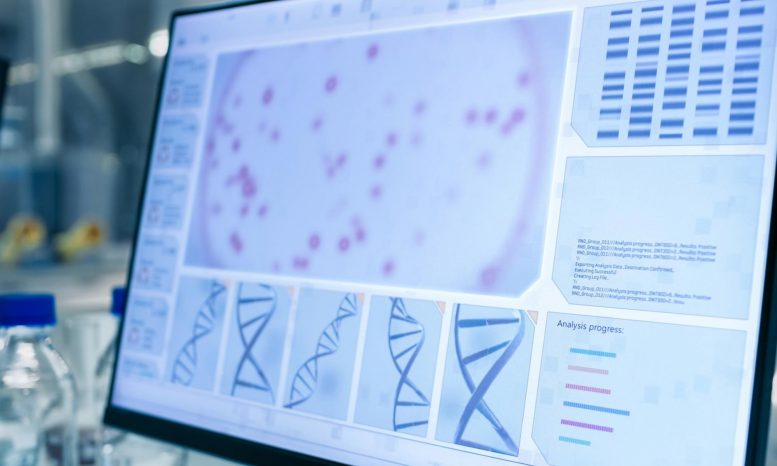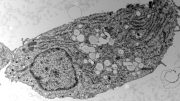
Researchers have published the first evidence demonstrating the collection of animal environmental DNA (eDNA) from the air.
Researchers from Queen Mary University of London have shown for the first time that animal DNA shed within the environment can be collected from the air.
The proof-of-concept study, published in the journal PeerJ, opens up the potential for new ecological, health, and forensic applications of environmental DNA (eDNA), which to date has mainly been used to survey aquatic environments.
Living organisms such as plants and animals shed DNA into their surrounding environments as they interact with them. In recent years, eDNA has become an important tool to help scientists identify species found within different environments. However, whilst a range of environmental samples, including soil and air, have been proposed as sources of eDNA until now most studies have focused on the collection of eDNA from water.
In this study, the researchers explored whether eDNA could be collected from air samples and used to identify animal species. They first took air samples from a room that had housed naked mole rats, a social rodent species that live in underground colonies, and then used existing techniques to check for DNA sequences within the sampled air.
Using this approach, the research team showed that airDNA sampling could successfully detect mole-rat DNA within the animal’s housing and from the room itself. The scientists also found human DNA in the air samples suggesting a potential use of this sampling technique for forensic applications.
Dr. Elizabeth Clare, Senior Lecturer at Queen Mary University of London and first author of the study, said: “The use of eDNA has become a topic of increasing interest within the scientific community particularly for ecologists or conservationists looking for efficient and non-invasive ways to monitor biological environments. Here we provide the first published evidence to show that animal eDNA can be collected from air, opening up further opportunities for investigating animal communities in hard-to-reach environments such as caves and burrows.”
The research team is now working with partners in industry and the third sector, including the company NatureMetrics, to bring some of the potential applications of this technology to life. Dr. Clare added: “What started off as an attempt to see if this approach could be used for ecological assessments has now become much more, with potential applications in forensics, anthropology, and even medicine.”
“For example, this technique could help us to better understand the transmission of airborne diseases such as COVID-19. At the moment social distancing guidelines are based on physics and estimates of how far away virus particles can move, but with this technique, we could actually sample the air and collect real-world evidence to support such guidelines.”
Reference: “eDNAir: proof of concept that animal DNA can be collected from air sampling” by Elizabeth L Clare, Chloe Economou, Chris G Faulkes, James D Gilbert, Frances Bennett, Rosie Drinkwater and Joanne E Littlefair, 31 March 2021, PeerJ.
DOI: 10.7717/peerj.11030
The project was supported by Queen Mary’s Impact Acceleration Accounts (IAAs), strategic awards provided to institutions by UK Research and Innovation (UKRI) that support knowledge exchange (KE) and help researchers generate impact from their research.









The CCP wants to know your location